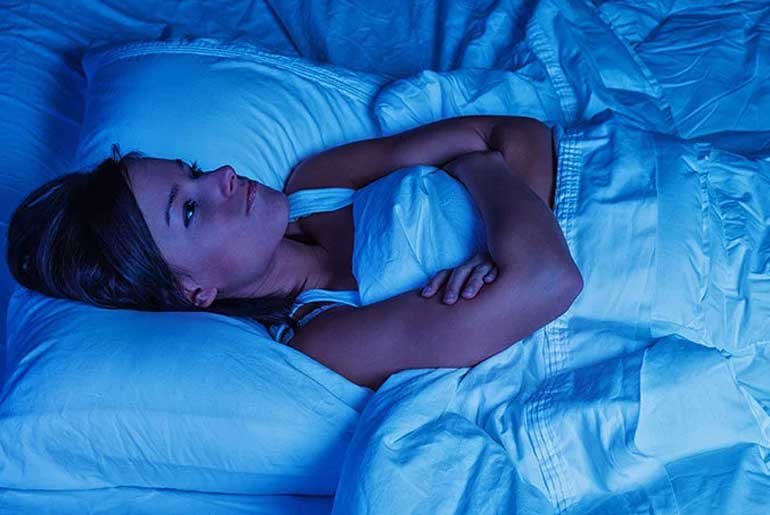The study emphasizes the significance of promoting appropriate sleep patterns among teenagers to address their educational needs. Teenagers with a “night owl” inclination face challenges in traditional school systems that aren’t tailored to their late sleeping and waking habits, which may contribute to their increased susceptibility to depression.
Researchers at UC San Francisco have devised an approach to help these adolescents align their natural sleep-cycle rhythms with their academic responsibilities. This discovery is particularly encouraging for adolescents dealing with depression, a group more prone to staying up late.
While approximately 40% of teenagers in general classify as night owls, this number rises to 80% among those with depression. The key to the intervention’s success involved teaching these night owls how to organize their lives to permit later sleep onset while gently guiding their bodies to adapt to slightly earlier bedtimes.
“A big finding here is that there is a subgroup of teens for whom treating sleep is particularly important for improving depression symptoms,” stated Lauren Asarnow, PhD, a clinical psychologist with UCSF Health who specializes in sleep health. “And the other big finding is that they really need to be able to live a life that is more in line with their sleep-wake biology.”
Published in the Journal of Child Psychology and Psychiatry in August, the study examined data from 42 participants with clinical depression who were part of a larger cohort of 176 night-owl adolescents. Twenty-four of them underwent the Transdiagnostic Sleep and Circadian Intervention (TransS-C), while 18 received educational sessions on leading a healthy lifestyle. All participants-maintained sleep diaries and utilized devices to monitor sleep quality. Additionally, they attended 45-minute therapy sessions weekly for eight weeks. Initially, all teens scored at least 40 on the Children’s Depression Rating Scale, indicating clinically significant depression. After six months of treatment, the intervention group’s average score dropped to 21.67, compared to 32.5 for the group that received the healthy lifestyle intervention. At 12 months post-treatment, the intervention group scored 24.97, while the control group remained at 32.75.
Subsequently, the National Institute of Mental Health has funded a larger study that will enroll 200 teens in the Bay Area in the coming fall.
Notably, approximately 3 million adolescents experience at least one major depressive episode annually, and about 40% do not respond to treatment. Research indicates that teenagers who naturally tend to fall asleep and wake up later are at a heightened risk for recurrent depression, more severe depressive symptoms, suicidal thoughts, and reduced responsiveness to antidepressant treatments.
“There is a saying in our psychology and psychiatry clinics that the best treatment for depression and anxiety is summer break,” Asarnow stated. “We need to stop calling these kids ‘lazy.’ A lot of the time it is just their biology. It’s not their fault.”
Disclaimer:
The information contained in this article is for educational and informational purposes only and is not intended as a health advice. We would ask you to consult a qualified professional or medical expert to gain additional knowledge before you choose to consume any product or perform any exercise.








